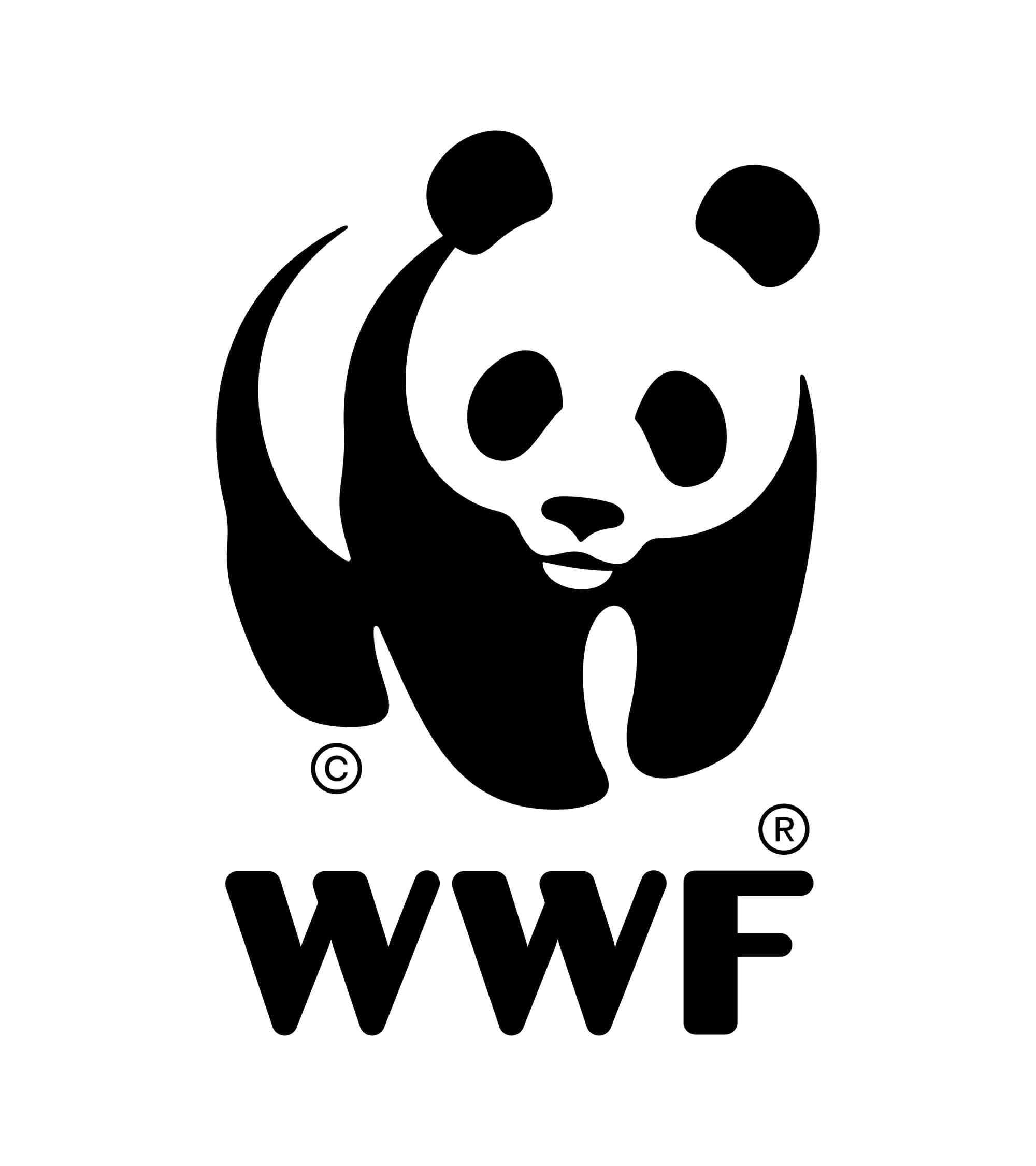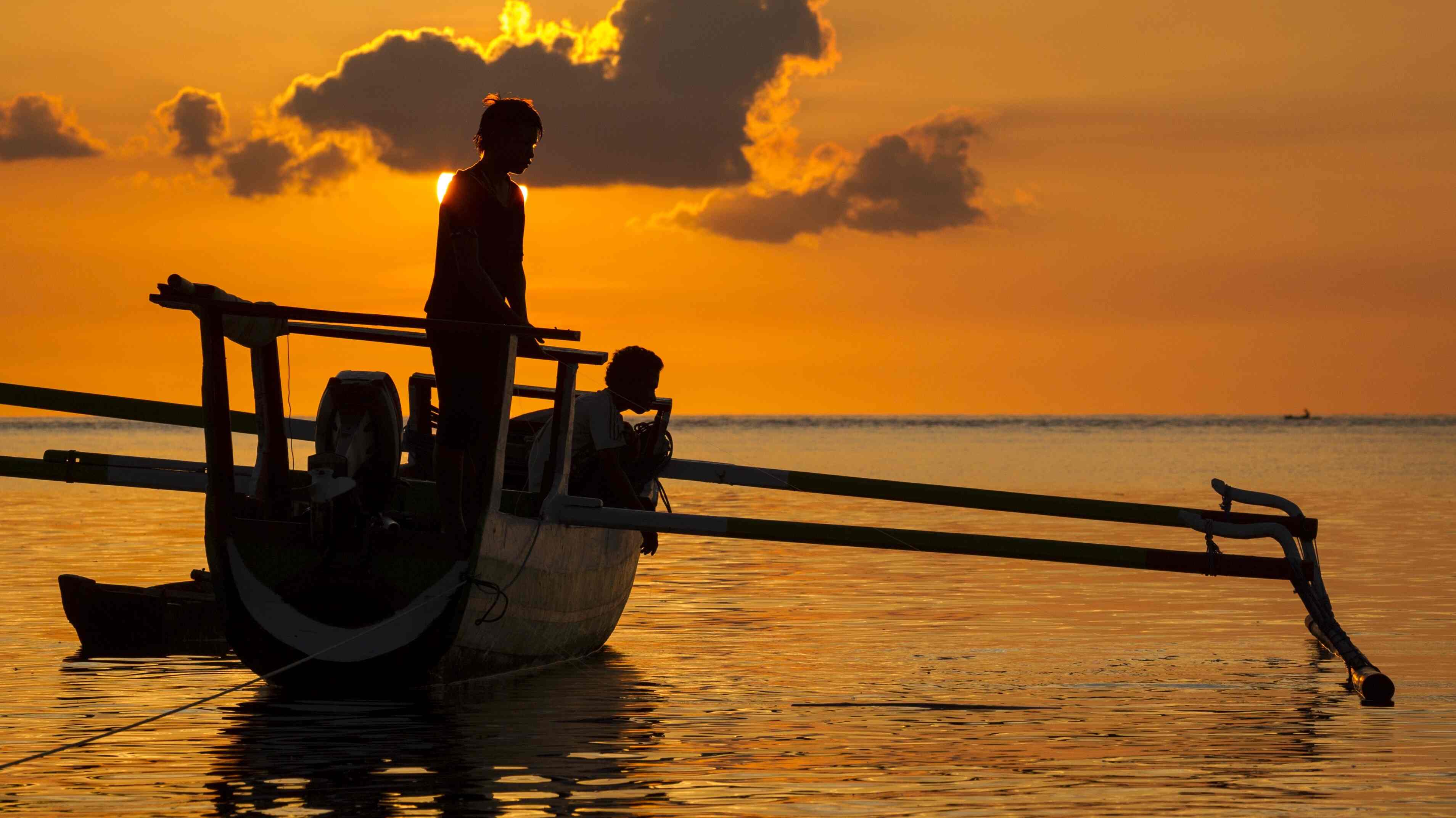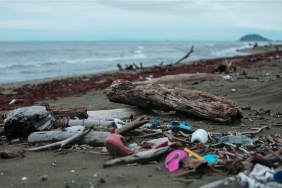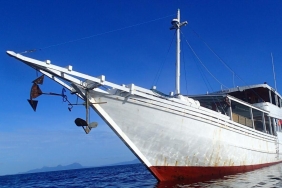SOLOR ALOR INTEGRATED COASTAL AND MARINE MANAGEMENT STRATEGY (PART 2)
By: Ridha Hakim
(part 2 of 2 posts)
To implement Integrated Coastal and Marine Area Management at the practical level (policies and programs), there are at least five strategies that need to be considered, namely:
- Application of the Concept of Sustainable Development in Integrated Management of Coastal and Marine Areas, including integration into Provincial and District Spatial Plans
- Referring to the Basic Principles in Integrated Coastal and Marine Area Management
- Integrated Coastal and Marine Area Management Planning Process
- Elements and Structure of Integrated Coastal and Marine Area Management
- Application of Integrated Coastal and Marine Area Management in Regional Development Planning
First strategy;a sustainable development area has four dimensions, namely : ecological, socio-economic-cultural, socio-political, and legal and institutional. The ecological dimension describes the carrying capacity of a coastal and marine area (supply capacitysupply capacity) in sustaining any development and human life, while for the economic-social dimension of sustainable development presents the demand for natural resources and environmental services where the benefits of coastal development should be to improve the welfare of the local population around the program especially those belonging to the weak economy.
For the Socio-political Dimension, sustainable development can only be implemented in a democratic and transparent political system and atmosphere, without this kind of political condition, undoubtedly the rate of environmental damage will go faster than efforts to prevent and overcome it. Enforcement of legal and institutional dimensions, an authoritative and strong system of rules and regulations will control everyone not to damage the coastal and marine environment.
Second strategy;Management and utilization of coastal areas must refer to the basic principles of Integrated Management of Coastal Areas and Oceans, there are 15 basic principles, most of which refer to Clark (1992), namely:
- Coastal area is a unique resource system, which requires a special approach in planning and managing its development.
- Water is a major unifying force in coastal ecosystems.
- Land and ocean spatial planning and management must be integrated.
- Marine and terrestrial border areas should be a major factor in any coastal management program.
- The boundaries of a coastal area should be established based on the issues and problems to be managed and be adaptive.
- Prevention of damage from natural disasters and conservation of natural resources should be combined in an Integrated Coastal and Marine Area Management program.
- All levels of government within a region should be included in coastal planning and management.
- A management approach tailored to the nature and dynamics of nature is appropriate in the development of coastal areas.
- Evaluation of economic and social utilization of coastal ecosystems as well as participation of local communities in coastal area management programs.
- Conservation for sustainable use is the goal of coastal resource management.
- Multiple uses management is appropriate for all coastal resource systems.
- Multiple uses are the key to success in sustainable coastal development
- Traditional management of coastal resources must be respected.
- Environmental impact assessments are essential for integrated coastal management.
The primary focus of coastal management is to conserve common property resources.
.
Third strategy;The planning process of Integrated Coastal and Marine Area Management basically has three main steps, namely: (1) Planning, (2) Implementation, and (3) Monitoring and Evaluation. Fourth strategy;In order for the mechanism or process of Integrated Coastal and Marine Area Management to be realized properly, it needs to be equipped with components that are combined in a management tool (management arrangement) as the body. In essence, management tools consist of institutional tools and management tools. Institutional tools provide a kind of framework (frame work) for the implementation of management tasks and the application of all management tools.
.
Although the design and practice of Integrated Coastal and Marine Area Management varies from region to region, it can be concluded that successful Integrated Coastal and Marine Area Management requires four main requirements, namely: (1) pioneer leadership, (2) institutional tools, (3) technical capacity, and (4) management tools.
.
The application of these four requirements varies from region to region, depending on geography, demography, socio-cultural and political conditions (including local politics).
.
Fifth strategy;To overcome conflicts in coastal management planning, it is necessary to change the planning system, namely from sectoral planning to integrated planning involving local governments, the private sector and related communities on the coast. All sectoral agencies, local governments and stakeholdersrelevant stakeholders must justify the planned activities and benefits to be gained, and coordinate these activities with other established sector activities in a synergistic manner. With the spirit of the implementation of regional autonomy, which is marked by the birth and enactment of the Local Government Act, which includes the regulation of regional authority in managing marine resources (coastal and ocean), it is expected to bring fresh air as well as a momentum to carry out the development, utilization, and management of marine and fisheries resources in a better, optimal, integrated and sustainable manner. Marine and fisheries resources are better, optimal, integrated and sustainable.
And if all these strategies can be realized, it is not impossible that "the foundation of their future is indeed in the sea". What's more, the three districts now share the same enthusiasm to see the marine sector as the main and leading sector in regional economic development. As the Regent of East Flores stated, "there is no choice for us, East Flores must prioritize marine-based economic development". This is an intention, a goal, that will accompany our journey in developing this region. A form of awareness of the importance of managing coastal and marine areas towards a better direction and as a foundation for the future of sustainable regional development.
Contact:
Ridha Hakim (rhakim@wwf.or.id) Alor Solor Program Leader





